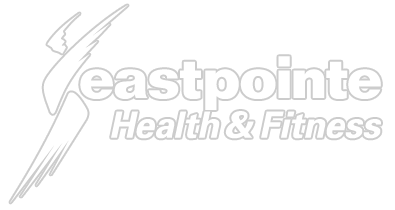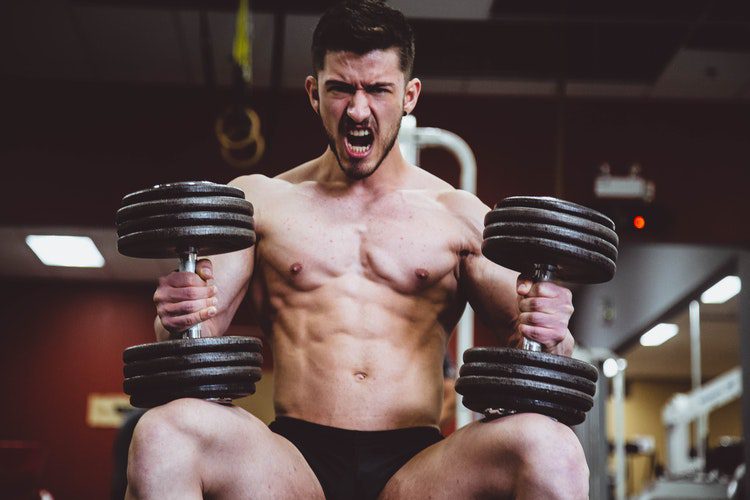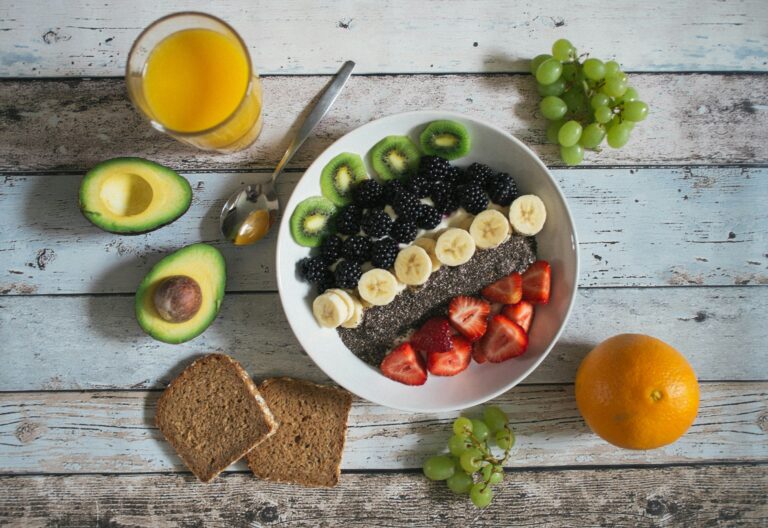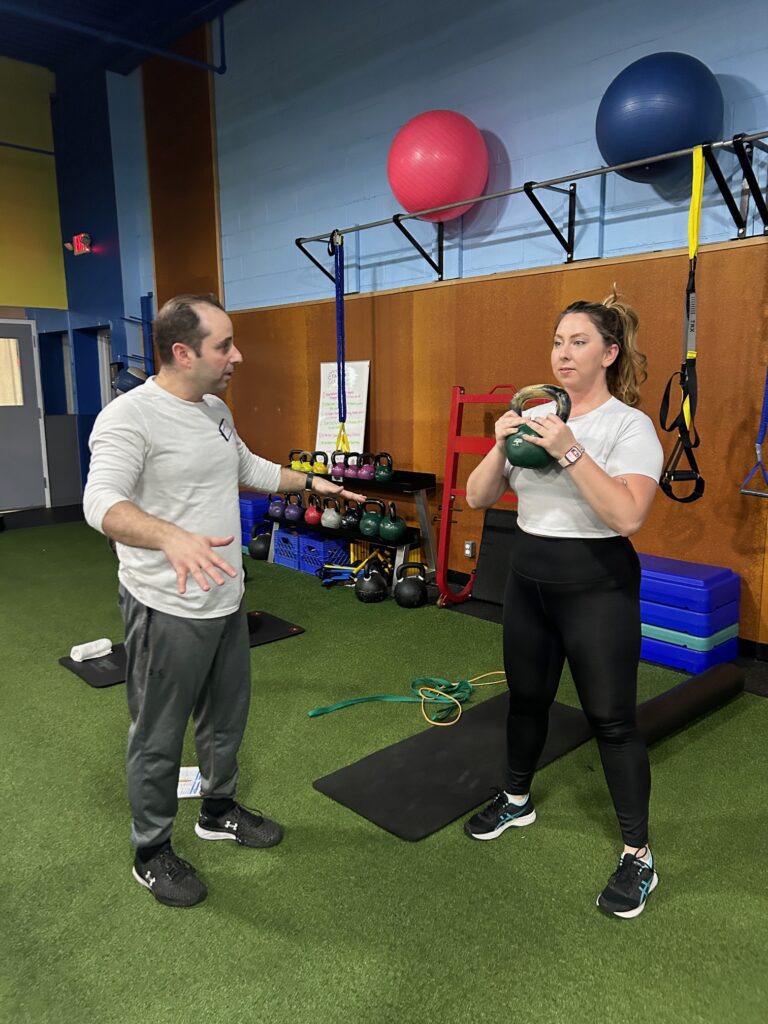By Mike Kubas
1. Thinking Cardio is King!
One common misconception I always have to combat is the prevailing thought that being sore after a workout is the sign of a good workout. Soreness following a workout is not an indicator of a good workout, nor is the absence of soreness an indicator of a poor workout. Feeling sore is an indicator of tiny microscopic tears in the muscle resulting in inflammation, often referred to as DOMS (delayed-onset muscle soreness). The soreness you are feeling is the inflammation. It typically begins 24-48 hours post exercise and lasts 24-72 hours depending on the individual. Often this is brought on simply by performing a new movement that the body is not used to or performing heavy controlled eccentric movements (lengthening).
Some soreness post workout is not a bad thing as long as it is not impacting your activity levels in the following days. If you become so sore that you cannot exercise, or even really move so much the following day, that’s a sign of too much stress on your body and is actually detrimental to your goals. If you’re too sore you may be inclined to skip your next workout, or you won’t get the most out of your workout. I stress to clients the goal of resistance training is to elicit the most body adaptation with the least amount of work. Now I’m not saying not to work hard in the gym, it’s going to take a lot of hard work to get to your goals. I’m saying to be efficient with the work you put in. Don’t over do it striving to feel sore the next day, you’re better off leaving a little in the tank to ensure you can maximize your next workout as well.
When you do experience DOMS, some type of active recovery is the best way to address the muscle soreness. An example is foam rolling, dynamic stretches, followed by body weight exercises such as squats, lunges, and pushups to increase the blood flow and help aid in recovery. Nothing too stressful or demanding on your body. Beginner yoga classes and stretching classes are also great options to mix it up and aid in recovery. Even if it’s far less intense than your cardio classes or fat burning workouts usually are, it will be just enough to combat the DOMS and help reduce the inflammation faster.





